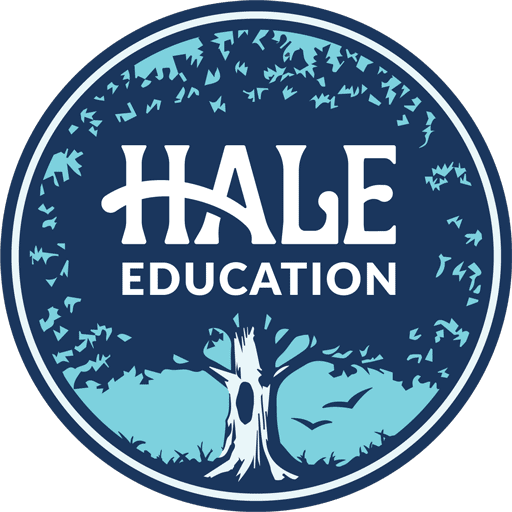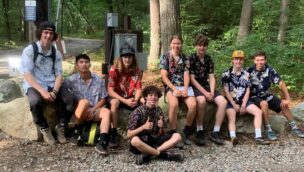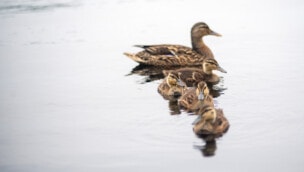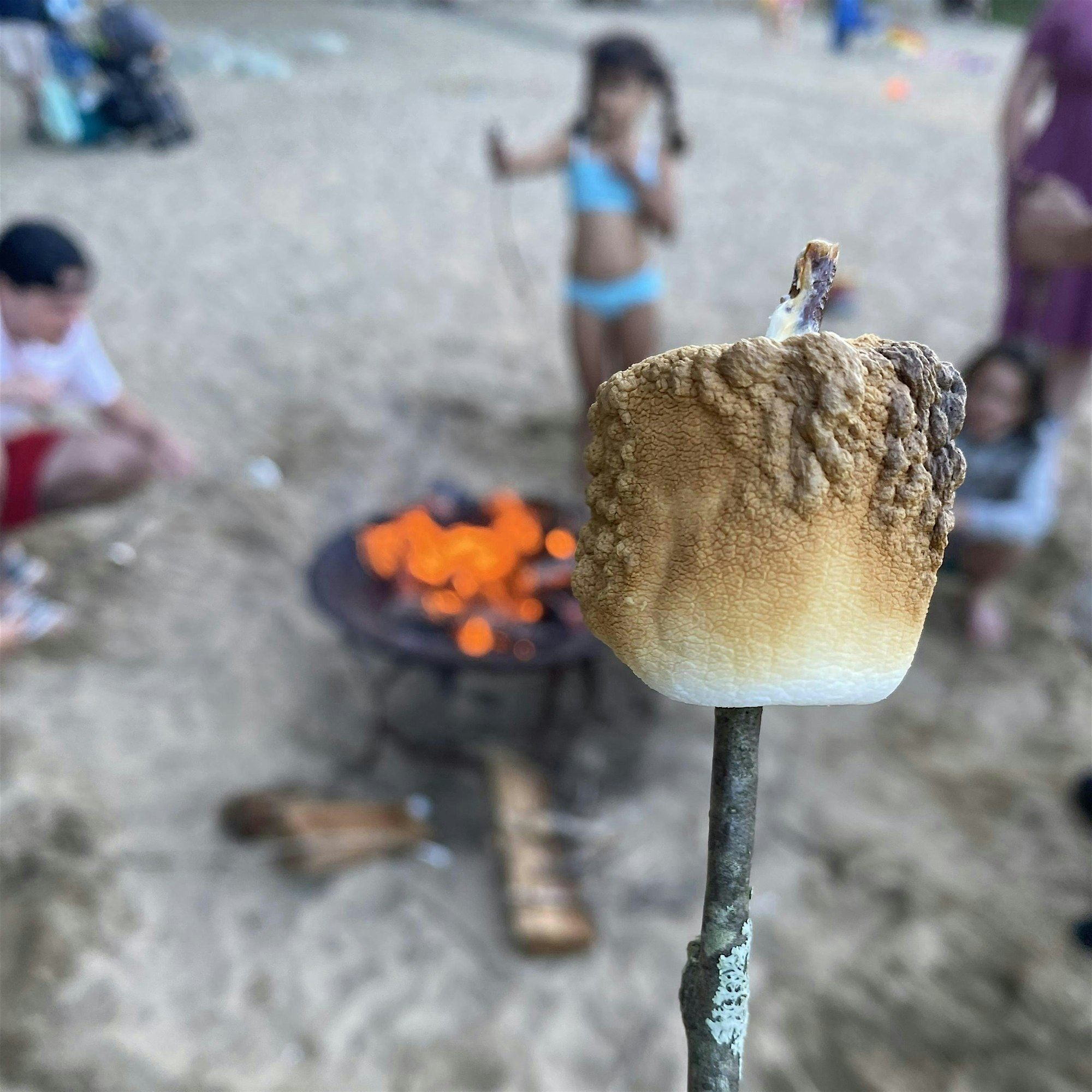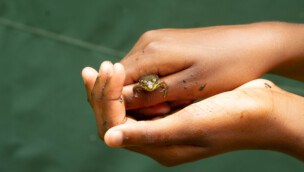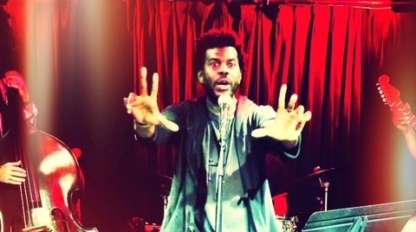Hale’s Holobiont

Insights From Our Fall Equinox Celebration
Last September, Maria Pinto’s keynote at Hale’s Fall Equinox Celebration explored the concept of the holobiont (read on—this word was new to us, too). A self-fashioned mycophile who has led forays and given talks about mushrooms for the New York Mycological Society, the Central Texas Mycological Society, the Wisconsin Mycological Society, The Arnold Arboretum of Harvard University, and Telluride Mushroom Festival, Pinto is currently working on an upcoming nonfiction book inspired by fungi. Here are excerpts from her talk.
A holobiont concept goes like this: Physiologically, a unit known as an organism is not philosophically separable from the many other organisms that live on and within it—the parasites, the mutualists, the bacteria, the fungi, the viruses, and other critters that make it up.
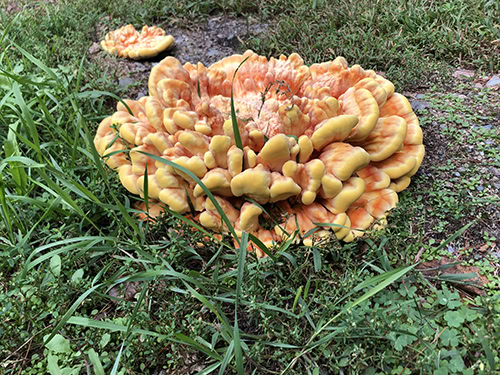
I used to see trees the way they are imagined in a child’s drawing, with roots, a trunk, and leaves; but an image of a tree holobiont made me view each tree as an ecosystem unto itself, a sort of vital decaying battleground of causes and concerns that is almost its own galaxy.
For instance, I learned that a tree’s roots are not the most important way it gets nutrients from below ground. Fungal filaments attached to the root tips should be thanked for doing that job. That really begs the question of where the tree ends, and the fungus begins.
“We live within some profoundly nonsensical borders and isolations and enclosures. It’s making us and the land sick.”
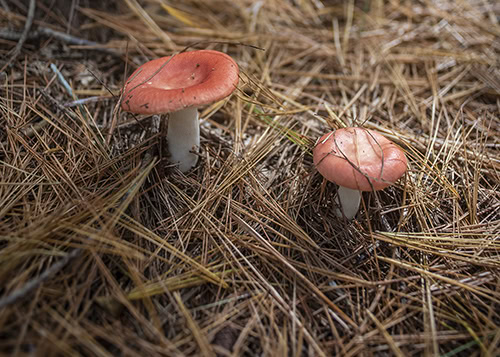
If an organism is a holobiont, a moving community whose health is determined by the balance struck between those entities that make it up, then our community’s health must be similar.
If Quincy isn’t healthy, then Milton isn’t healthy, then Mattapan isn’t healthy, then Dedham isn’t healthy, then Westwood isn’t healthy, then Massachusetts isn’t healthy, and on and on, until we’re looking at the blue marble from space.
Mattapan makes Milton and vice versa. Brookline invents Jamaica Plain just like I invent my gut biome and it invents me. What goes in the river here washes up on the banks there.
It’s not that these communities border each other; it’s that they are each other, in the most profound way.
This article originally appeared in the 2024 issue of Hale Magazine.

